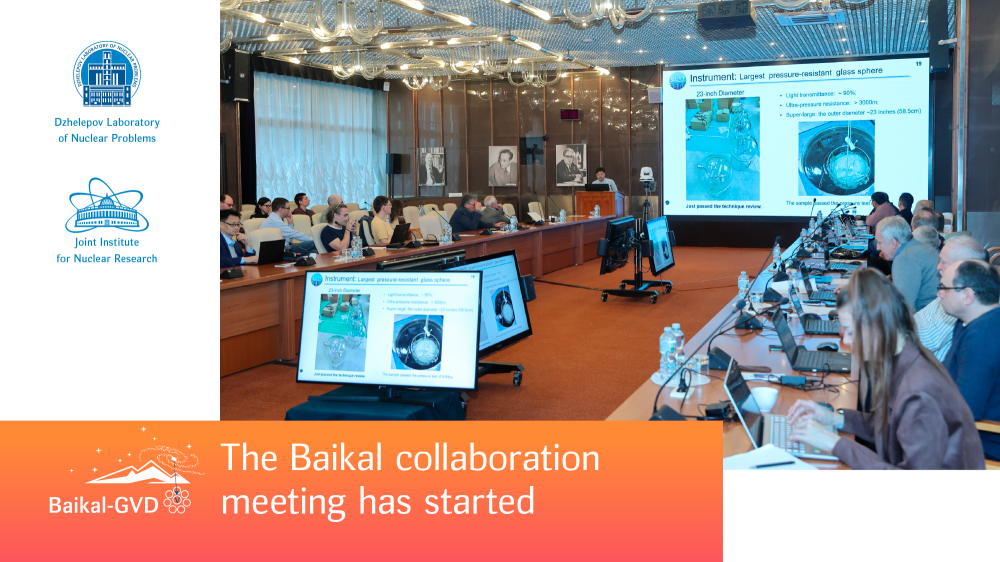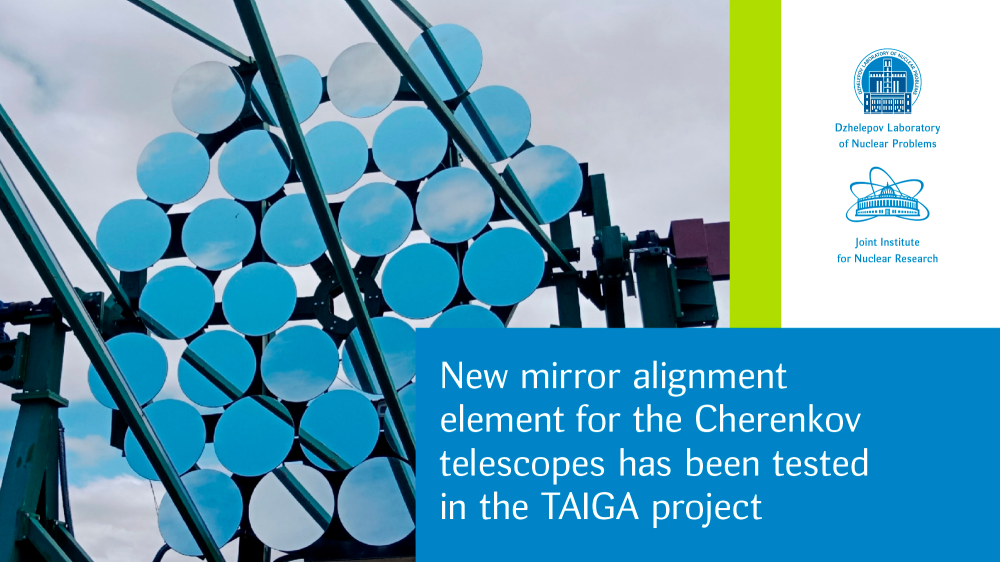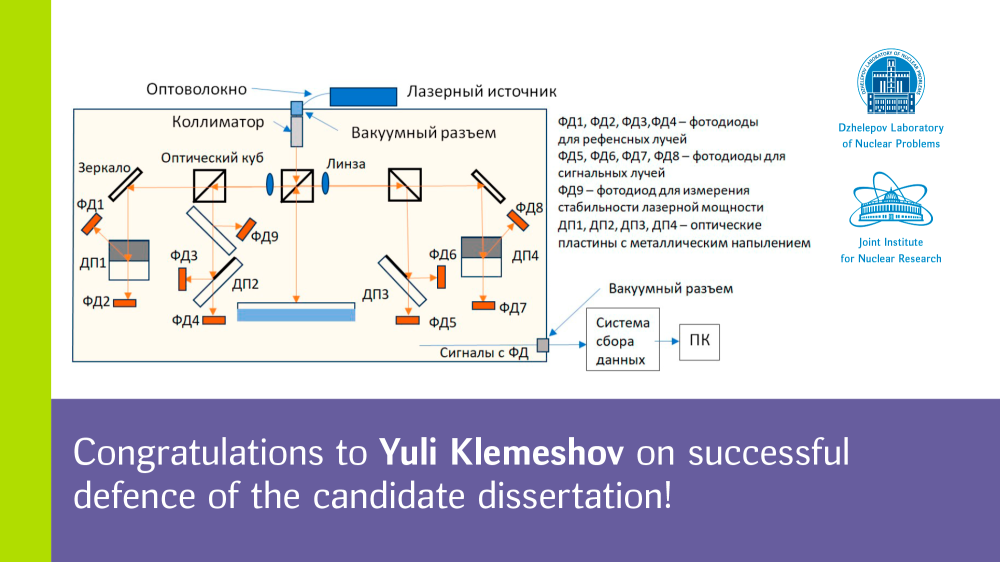Parsamyan Bakur speaks about the results of the experiments on the measurement of spin-dependent azimuthal asymmetries
Within the quantum-chromodynamic parton model, the nucleon spin structure is parametrized using parton distribution functions (PDFs). At nonzero transverse momenta (kТ) of the leading-twist quarks the complete description of the spin phenomena is limited to eight kT-dependent PDFs. Azimuthal spin asymmetries (ASAs) of semi-inclusive cross sections for production of hadrons in deep inelastic scattering of leptons by polarized nucleons (SIDIS) and ASAs of cross sections for production of dileptons in the polarized hadron–hadron Drell–Yan process are interpreted in the form of the convolutions of kT-dependent PDFs and fragmentation functions in one and two kТ-dependent PDFs in the other case. Measurement of azimuthal spin asymmetries in the above processes in polarized nucleon targets is one of the main sources of information for studying kТ-dependent PDFs.
The report gives a review of the experimental results on measurement of spin-dependent azimuthal asymmetries and their interpretation within the existing theoretical models.
For more detail, see http://indico.jinr.ru/conferenceDisplay.py?confId=520







